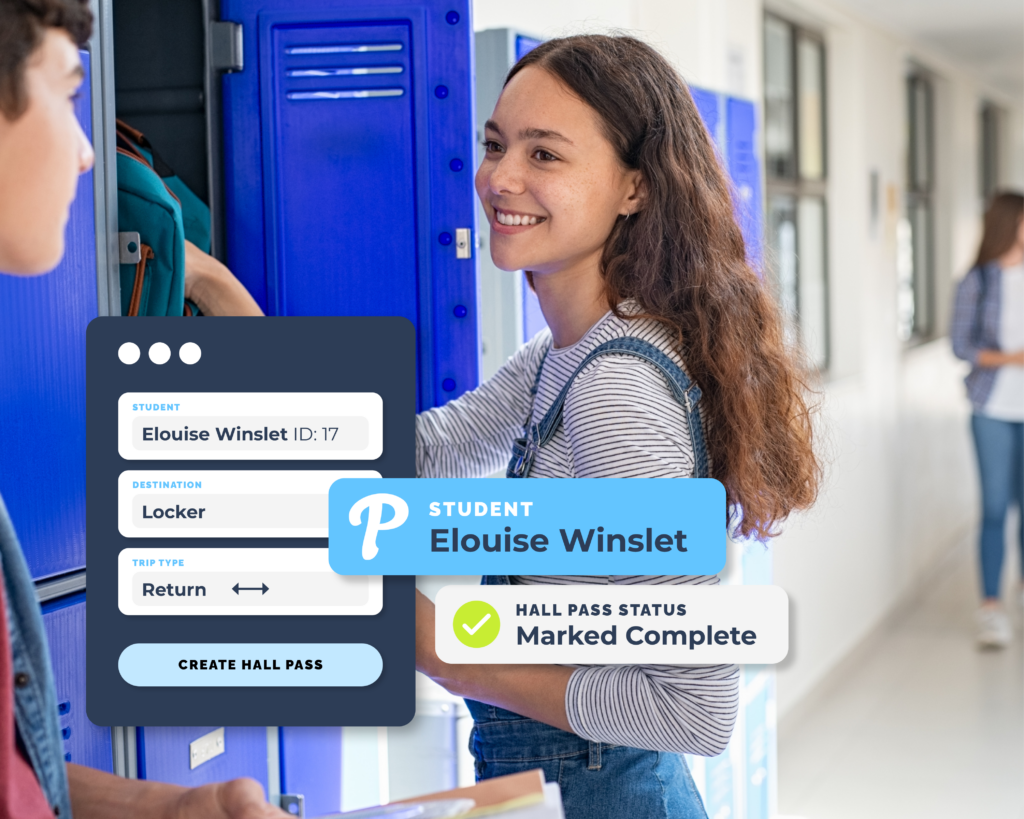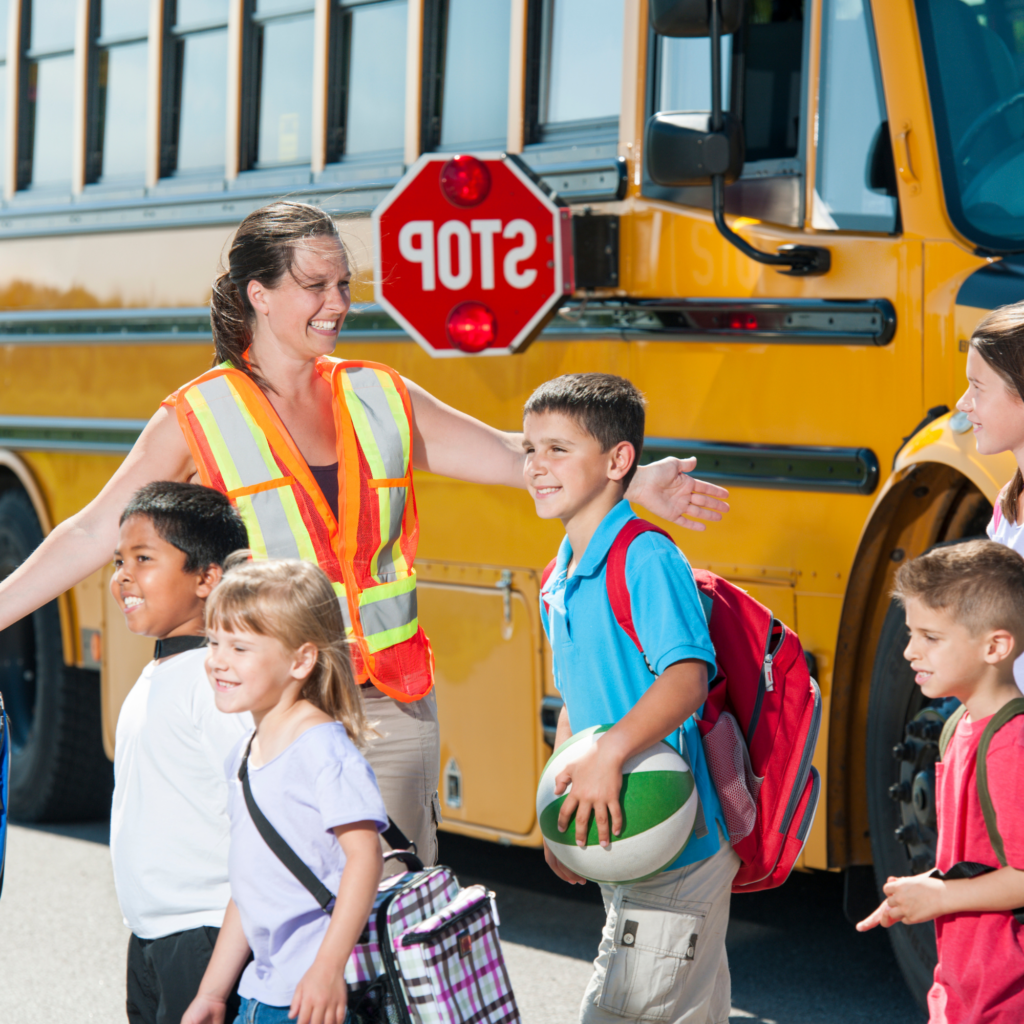Ensuring the safety of students and staff at schools is the number one reason school districts perform school safety assessments. They are important tools for identifying potential risks and implementing strategies to mitigate them. In this blog, we’ll delve into four common issues found in school safety assessments and discuss how to address them. This blog takes into account the perspective of a 3rd party consultant who has conducted many school safety assessments and will address four common issues they encounter frequently.

1) Inadequate Active Supervision of Students When In Transition
Most school staff do an admirable job of supervising students while the students are in the classrooms, but it becomes more difficult to monitor students outside of them. During School Safety Assessments, consultants frequently found that there was not enough active supervision during routine transitioning periods, such as morning arrivals, after-school dismissals, bathroom breaks, class changes and recesses. Here are some of the reasons why:
Lack of Staffing: One of the primary reasons for inadequate supervision during transitions is the shortage of staff members available to monitor students. Schools may not have enough teachers, aides, or other personnel to ensure that students are supervised adequately. This becomes even more challenging in large schools with high student-to-staff ratios.
Distractions and Multitasking: Educators and staff often have multiple responsibilities, and they may become distracted or focused on other tasks, making it difficult to provide continuous supervision during transitions. For example, a teacher may be preoccupied with preparing for the next lesson, grading papers, or attending to administrative duties.
Physical Layout and Size of the School: The physical layout and size of a school can impact the ability to supervise transitions effectively. Large schools with sprawling campuses may have multiple entry and exit points, making it harder to monitor all students as they move around. Inadequate visibility and blind spots can exacerbate this issue.
Using Technology to Monitor Students Outside Classrooms
While teachers and school staff can’t be all places at all times, there does need to be a system in place that helps to combat these challenges. This is where technology can be a huge help for schools. Pikmykid’s digital hall pass can improve both efficiency and accountability in managing student movement within a school setting.
Digital hall passes can provide real-time information regarding students’ whereabouts. Teachers and staff can see exactly who is out of the classroom, where they are going, and for how long. Time limits can be set for the hall pass, alerting the teachers when they have expired. This reduces the potential for unsupervised or unaccounted-for students, especially at long-lengths of time. The digital hall pass platform also has reporting capabilities, so if a situation arises in which parental involvement is necessary, it can enhance communication between the school and parents and provide an added layer of accountability and safety for students.

2) Bullying and Harassment
Bullying and harassment is a common issue found in school safety assessments, and it poses significant threats to the physical and emotional well-being of students as well as their ability to learn in a safe and supportive environment. These problems can manifest in various forms, including physical, verbal, social, and cyberbullying. The advent of technology has given rise to cyberbullying especially, extending the reach and impact of these behaviors.
Victims of bullying and harassment often suffer physical, emotional, and psychological consequences. They may experience anxiety, depression, lower self-esteem, and a decline in academic performance. Schools have a duty to create a safe and inclusive learning environment for all students. This includes implementing anti-bullying programs, conducting awareness campaigns, and providing counseling and support services for victims. Addressing bullying and harassment requires a multi-faceted approach that involves education, policy changes, and a commitment from all members of the school community to create a safe and inclusive environment.
One of the first steps in minimizing occurrences is identifying situations in which it more commonly takes place. During dismissal times, there may be a reduced presence of teachers and staff members who can supervise students. As students wait for buses, parents, or rides, they may congregate in various areas around the school, including hallways, entrances, and outdoor spaces. The lack of supervision can create opportunities for bullying and harassment to occur, as there may be fewer adults present to intervene and address problematic behavior.
Dismissal Management Decreases Bullying Opportunities
Pikmykid’s Dismissal Management Platform provides a streamlined process for daily dismissal and allows students to stay in one location after school until their ride arrives. Through an app, the parent or guardian can “announce” they have arrived and the teacher or staff is immediately notified. The student is then released directly to the car. This process removes any opportunity for students to be congregating in the hallways or outside awaiting their ride home. Results are less time students are unsupervised after school and less opportunities for bullying.
3) Building Access Control
Unfortunately, many schools in America were constructed during a historical period when safe school design was not necessarily viewed as a major priority – or was even a consideration. Most schools do have a reception area set-up in the main entrance of the school, but it might not always be occupied. There are also many other potential areas to enter school grounds.
However, regardless of the architectural design of a school, the key to access control is to train staff and students on the objective of ensuring that all visitors follow the school’s check-in procedure. When parents or guardians pick up kids from school, they all must be aware of, and follow, a process that keeps students and staff safe. Everyone must assume a role in this practice to meet School Safety Assessment protocols.
Access Control through Dismissal App
As mentioned earlier, Pikmykid’s dismissal platform recognizes when a parent or guardian is outside of the school ready to pick up their kid and relays this to staff. The app also verifies their identity through the system, ensuring that only authorized individuals pick up students and that they no longer need to leave their car to do so. This process controls the designated access points during school dismissal and helps to keep students and staff safe.

4) Inadequate Emergency Communication
Clear and open communication with stakeholders during an emergency situation is crucial for safety and positive outcomes. Many schools are not yet fully equipped to handle all types of emergency incidents, big or small, that could occur on campus. Here are some of the current challenges faced during emergencies at schools that can compromise the safety of students and school staff.
Delayed or Inaccurate Information: One common problem is delays in providing critical information during an emergency. This could be due to a lack of clear communication protocols, untrained staff, or outdated information methods. Inaccurate information can also spread quickly during a crisis, causing confusion and potentially putting lives at risk.
Multiple Communication Channels: Schools often rely on multiple communication channels to disseminate emergency information, including intercom systems, text messages, email, social media, and automated phone calls. Inadequate coordination among these channels can lead to inconsistent messaging and confusion. It’s crucial to have a clear plan for which channels will be used in specific situations.
Staff Training: Staff members need proper training on emergency communication protocols and procedures. This includes knowing when and how to initiate lockdowns, evacuations, or other emergency responses, as well as how to communicate with students and other staff members during a crisis.
Community Involvement: Effective communication also involves keeping parents and the broader community informed during emergencies. Schools should have plans for notifying parents about the situation, reunification procedures, and where they can obtain accurate information.
Testing and Drills: Regular testing of communication systems and emergency drills is essential to identifying weaknesses and improving response times. Schools should practice various emergency scenarios to ensure that staff and students know how to react and communicate effectively.
Collaboration with First Responders: Schools should establish strong communication links with local law enforcement, fire departments, and other first responders. These agencies can provide valuable support and information during emergencies and help coordinate communication efforts.
One Tool for Clear and Efficient Communication
Pikmykid’s Emergency Alert System is a dynamic communication tool created to help keep students and staff safe during any emergency situation. It is able to be customized for ANY type of incident and can be used to communicate only between school staff in a non-critical incident or can silently and quickly contact first responders, if needed. This provides one communication channel, with consistent messaging and instructions. Pikmykid’s platform is built for practice drills allowing for staff training and builds the confidence needed that if anything should occur, everyone is on the same page. In the case of an emergency that requires reunification, communication can be sent directly to parents.

Pikmykid Helps School Safety Assessment Results
As demonstrated, Pikmykid is able to address and help solve these four common issues found during school safety assessments easily and efficiently. Through a single online platform schools and districts can have a bird’s eye view of their school and have easy access to safety and communication tools on any device. It provides schools with real-time information on student’s whereabouts, helps keep the dismissal process running smoothly and safely, minimizes time and opportunities for misconduct and ensures clear and effective communication during any type of emergency situation that may occur on school campuses.



